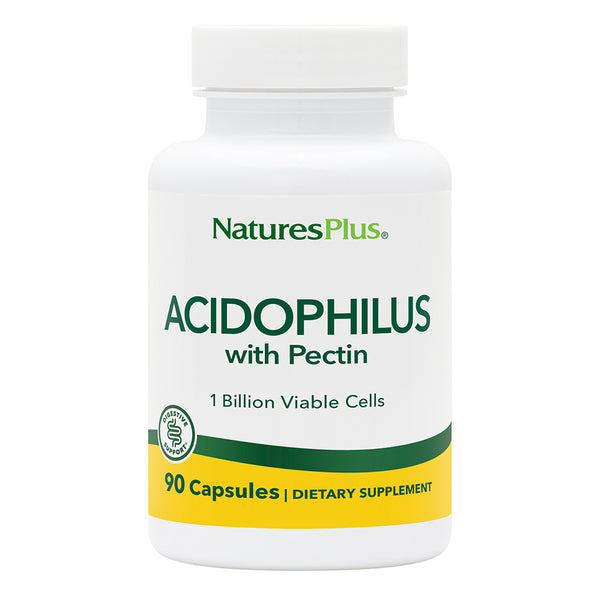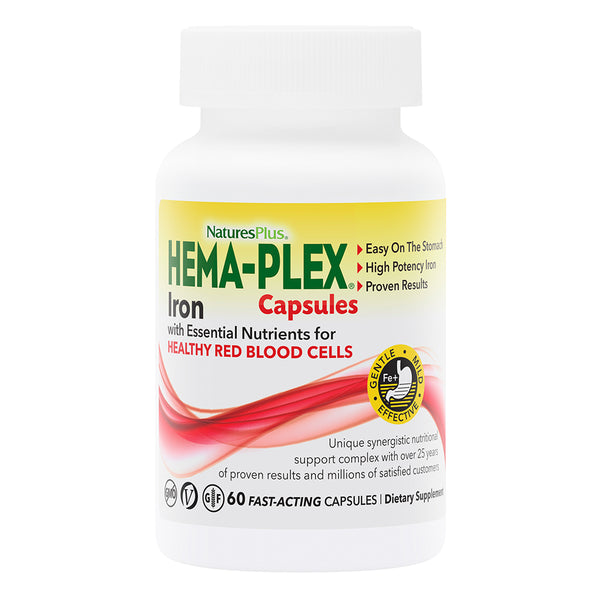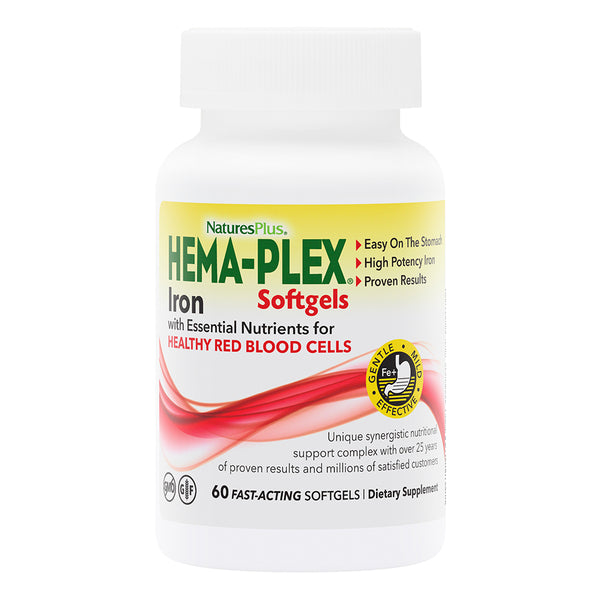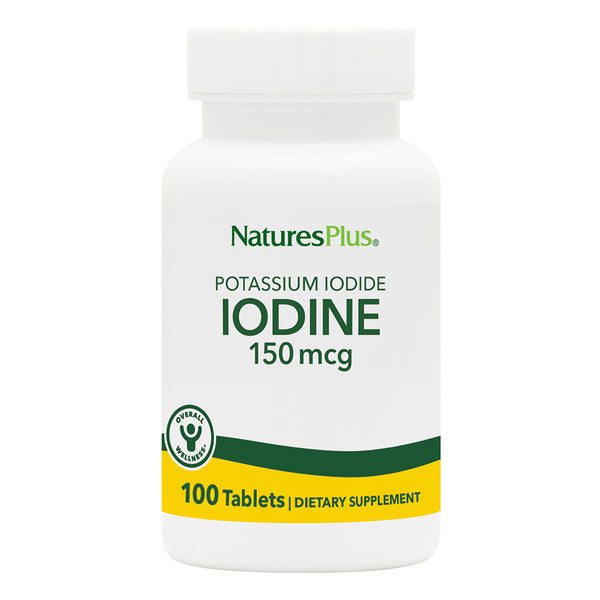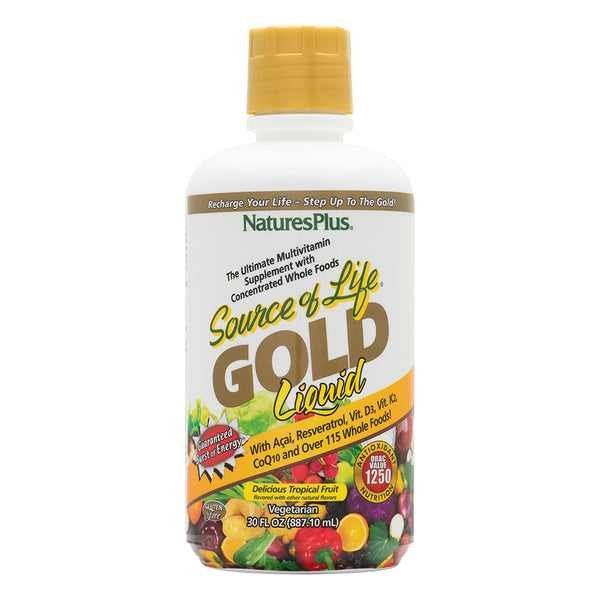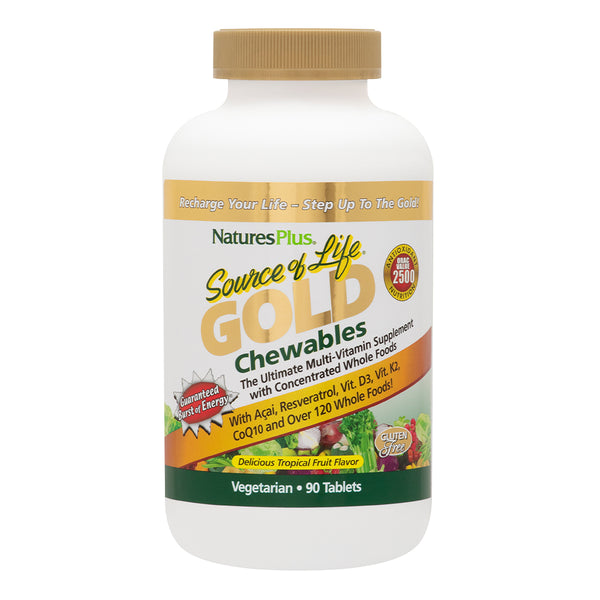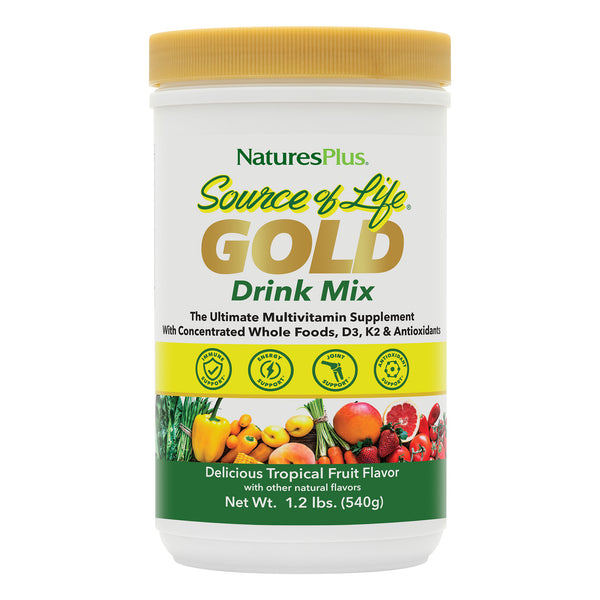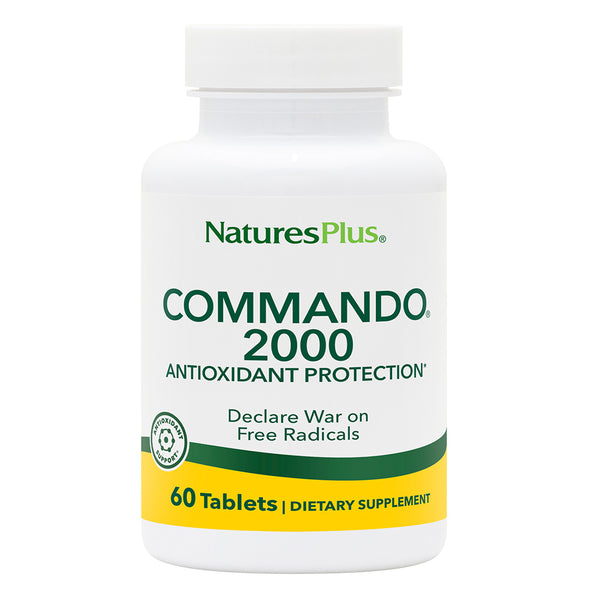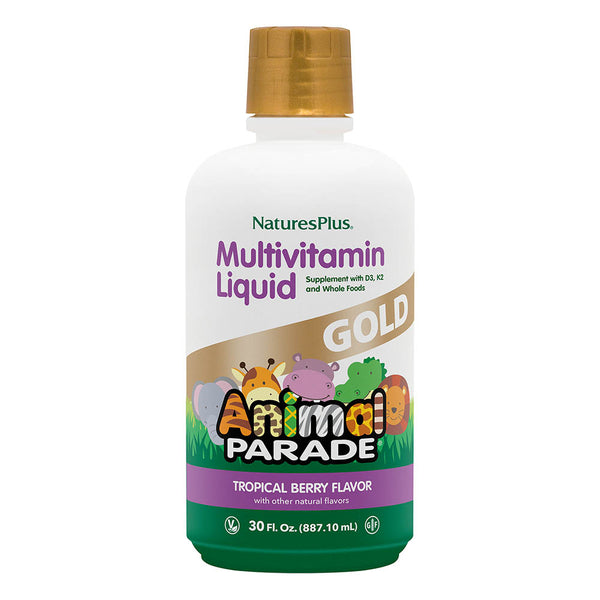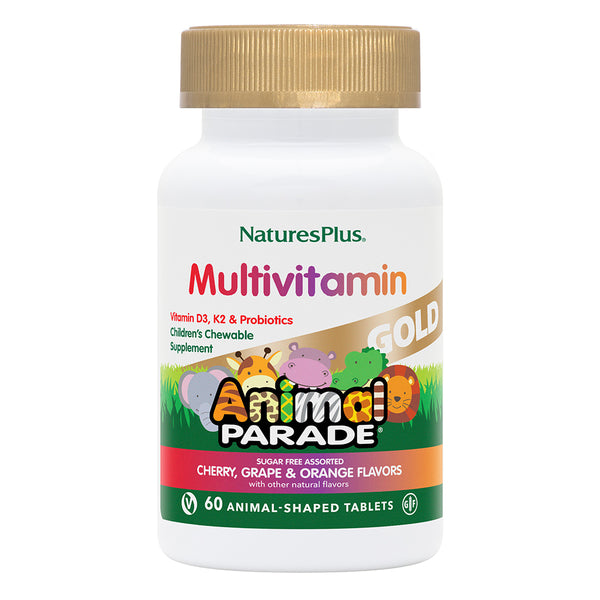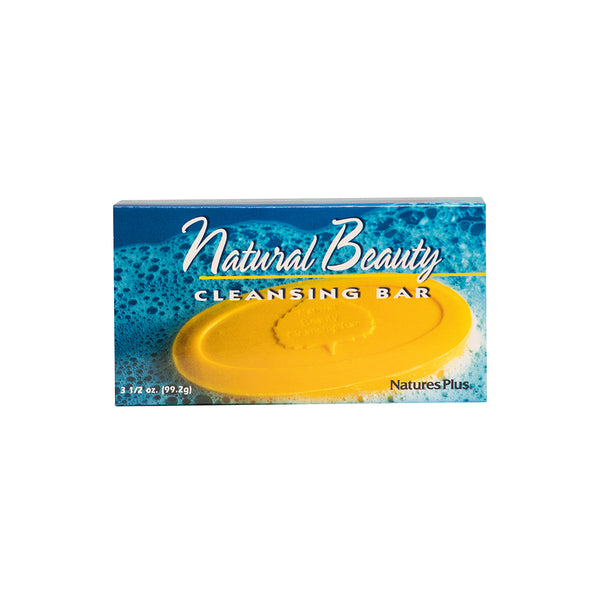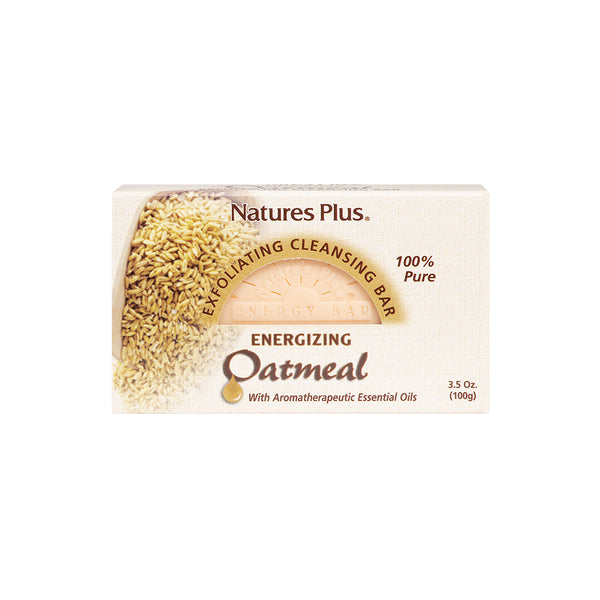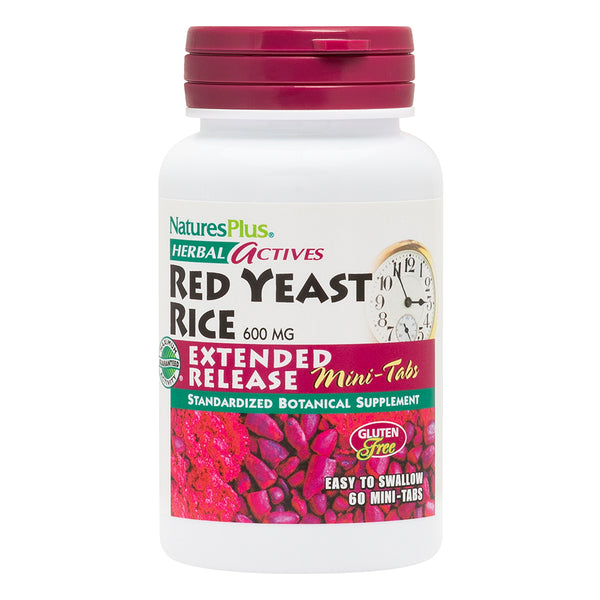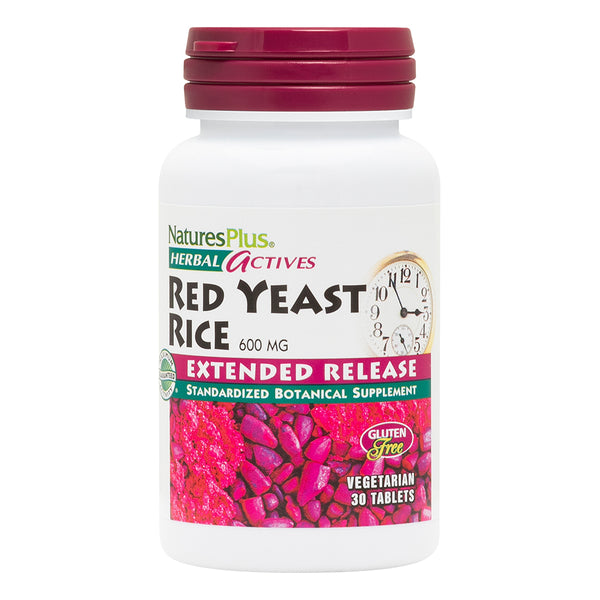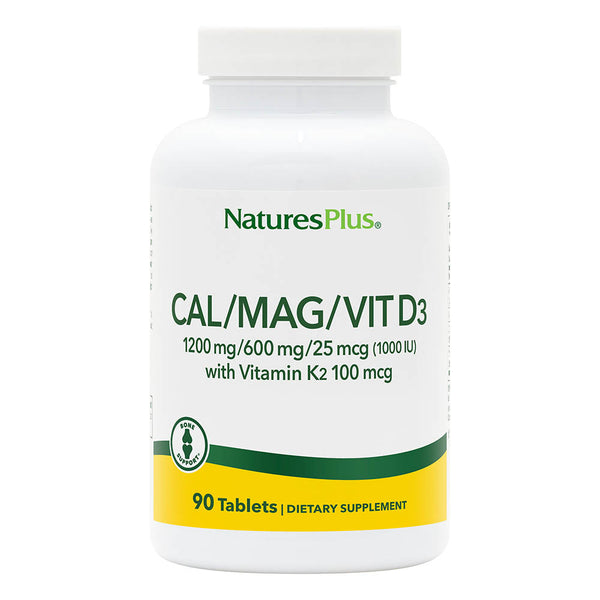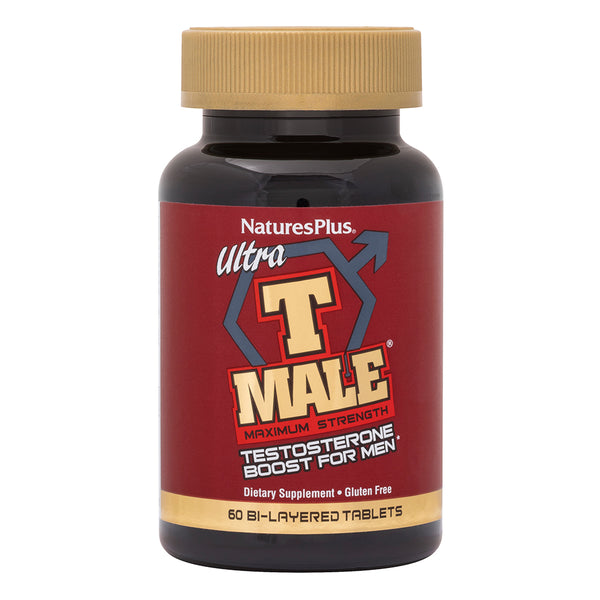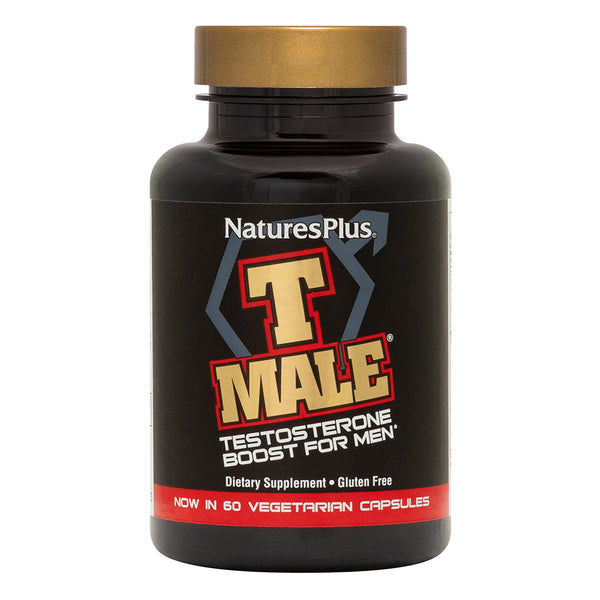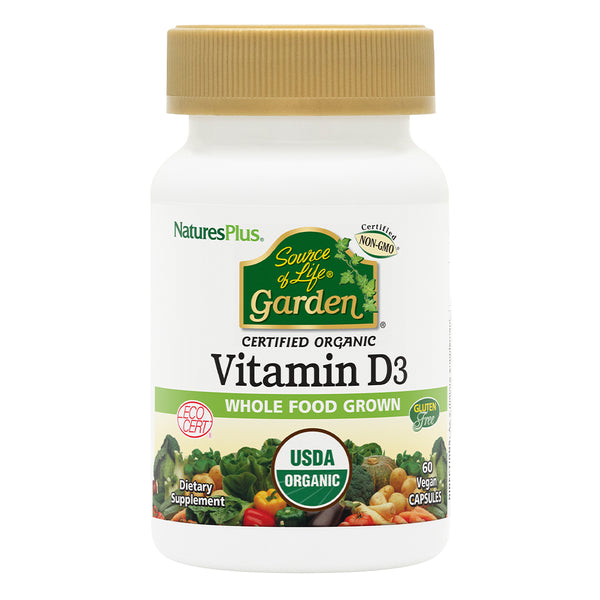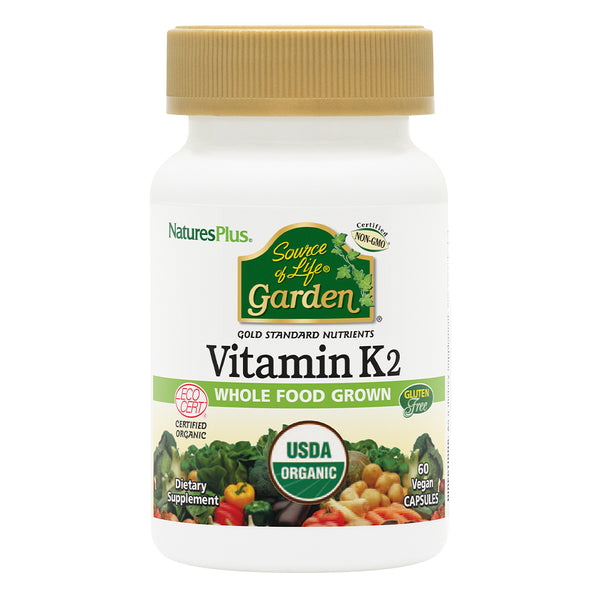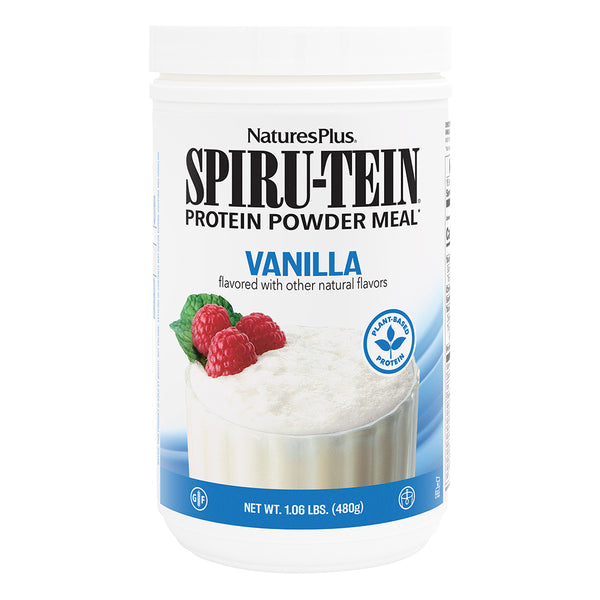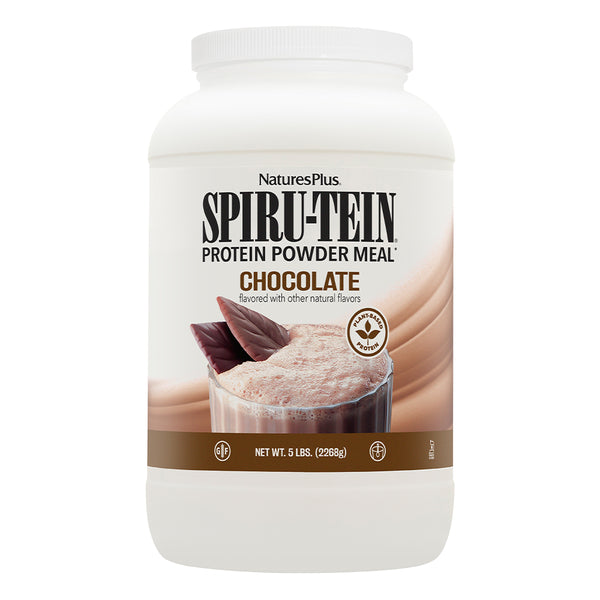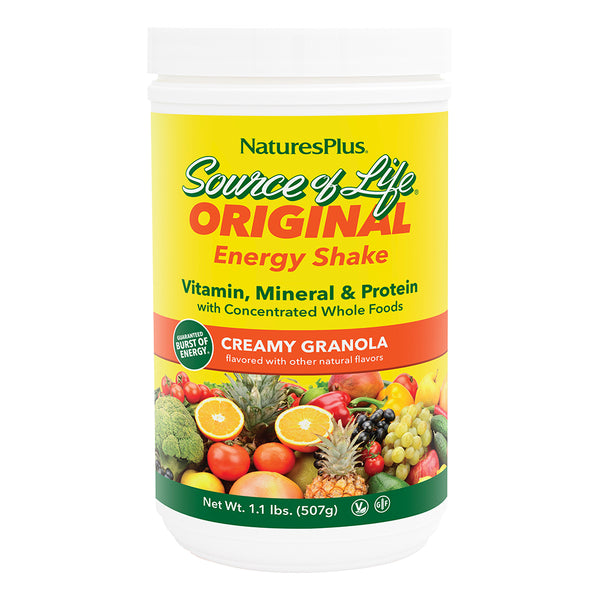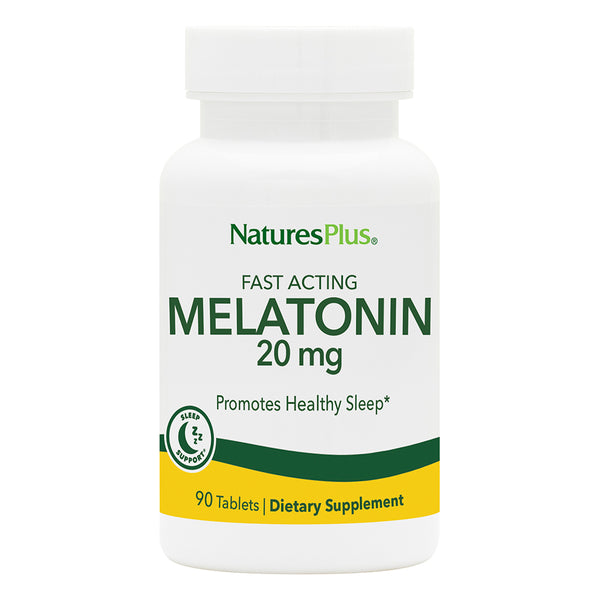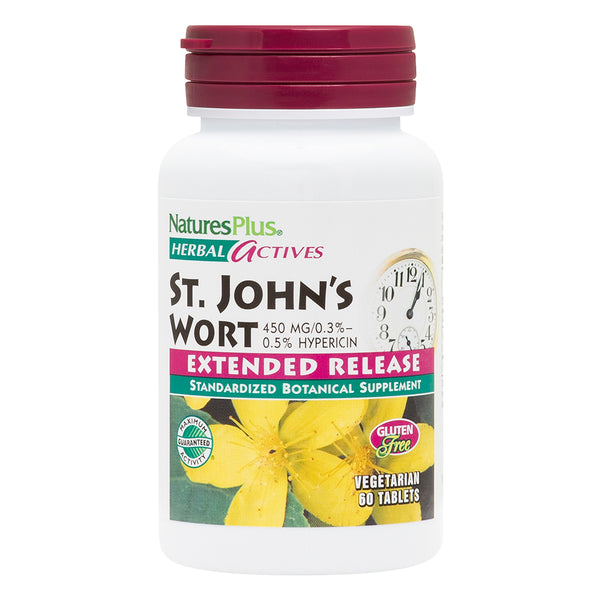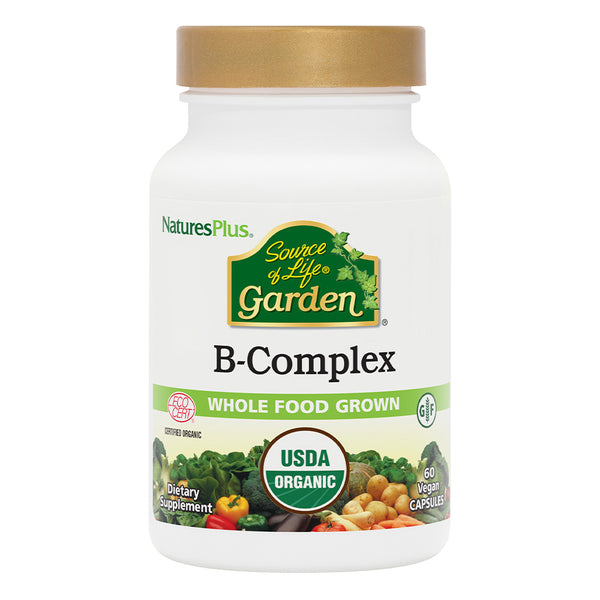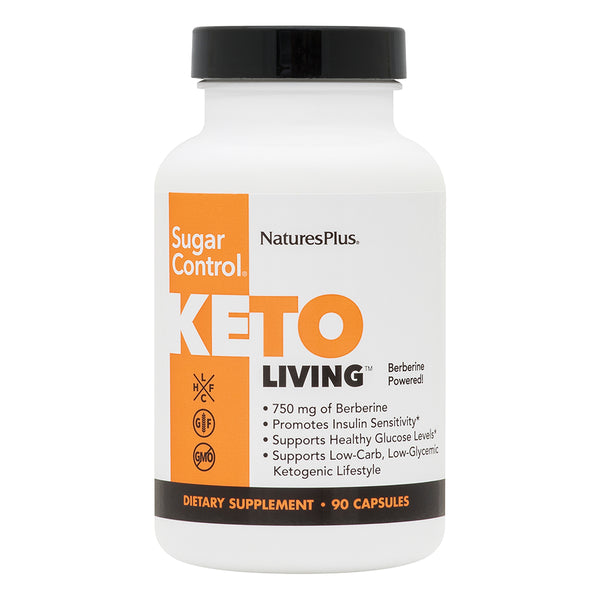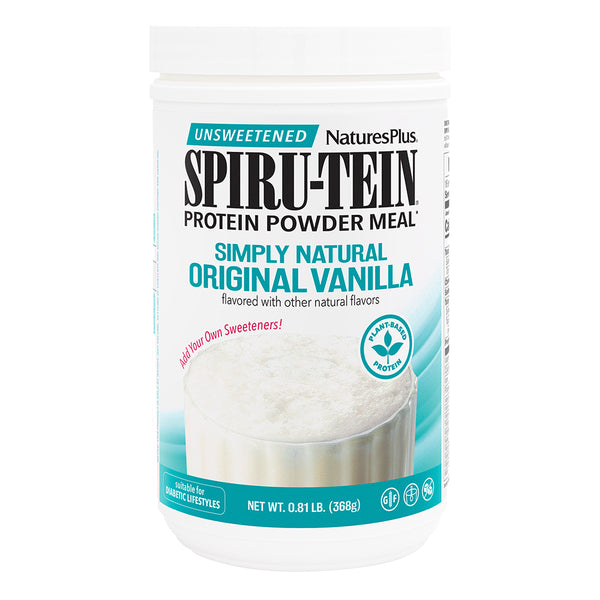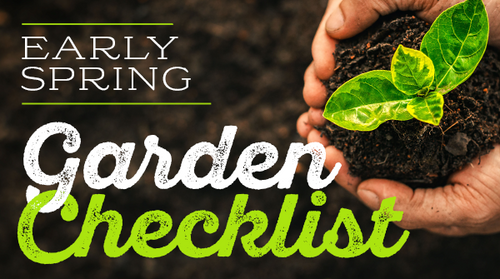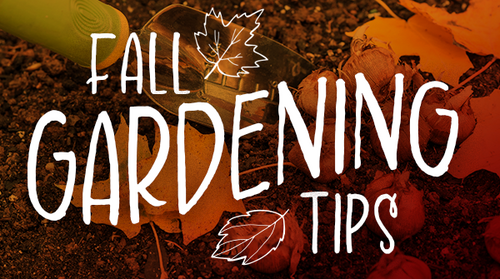No store-bought tomato can compare in flavor with that of one you’ve picked, fully ripe and fragrant, from your own garden.
That’s a big reason why tomatoes are the most popular vegetables among home growers. According to the National Gardening Association, 86% of backyard gardeners plant tomatoes. Another reason is that tomatoes are easy to grow for even casual gardeners.
Here are ways to enjoy a bumper tomato crop all summer long.
Plan Your Tomato Patch Before You Plant
Tomatoes love heat. “Devote a prime, sunny spot to growing tomatoes,” advises plant company Bonnie Plants. “Tomatoes need at least six to eight hours of sun to bring out their best flavors.”
Don’t use the same spot all the time, however.
“Growing tomatoes in the same space year after year is a recipe for disaster,” say Ohio farmers Jim and Mary Competti, who blog at Old World Garden Farms. “Tomato plants should never be planted in the same location for at least three years.”
The Compettis explain that tomatoes are susceptible to soil-borne diseases such as tomato blight and blossom rot; moving the plot every year “reduces the risk of both greatly.” (If you garden in containers, scrub them completely at the end of every season and use fresh soil the next year.)
Moving the patch also helps keep the plants, which are heavy feeders, from wearing out the soil.
You also need to decide what types of tomatoes to grow.
Determinate varieties, also known as “bush” or “patio” tomatoes, grow only to a certain size.
They “don’t require pruning and have fruit that ripen all at once over a period of one to three weeks, making them perfect for growing in containers and canning,” says horticulture agent Alicia Lamborn of the University of Florida’s UF/IFAS Extension.
Popular bush tomatoes include:
- Early Girl Bush. This variety, which reaches maturity within 62 days, doesn’t grow too big—a perfect choice for medium-sized pots.
- Health Kick. This deep-red tomato was bred to produce 50% more lycopene than other varieties.
- Roma. This oblong-shaped variety is best known as an excellent tomato for sauce and paste, but also works well for other cooking purposes.
- Sophie’s Choice. This early-maturing variety usually doesn’t grow any taller than two feet and is known for producing large, flavorful fruits.
- Tumbling Tom. This cherry tomato’s trailing habit and heavy yields makes it great for hanging baskets.
Indeterminate tomatoes, also known as “vine” tomatoes, “continue to grow and produce fruit throughout the season and require staking and pruning to keep a tidy plant,” says Lamborn.
Popular vine tomatoes include:
- Beefmaster. Beloved for its solid, large fruits (up to two pounds each), this variety is resistant to root-knot nematodes and two kinds of wilt.
- Big Boy. The smooth, round fruits are perfect for slicing, and are popular for their hearty flavor.
- Green Zebra. The vividly striped green fruits are favored by chefs for their sparkling sweet-tart taste.
- Sungold. Bright-orange color, sweet flavor and heavy production make this variety one of the most widely grown cherry tomatoes.
- Yellow Pear. The name perfectly describes the fruits, which appear in abundance throughout the season.
The last thing you need to decide is whether to grow your tomatoes from seed or started plants. Most gardeners opt for starts, which require less effort.
Plant Tomatoes Deeply and Stake Them Early
How you plant tomatoes is as crucial to success as where you plant them.
First, wait until the soil is warm. Leave the plot unmulched before you plant so the soil can soak up the sun’s rays, and don’t plant tomatoes until nighttime temperatures reach 50° consistently.
Those plants may look tiny now, but they’ll need plenty of room to grow. That means two feet for bush tomatoes, three feet for vining varieties.
Because tomatoes are such heavy feeders, mix in aged compost or manure. (The Compettis swear by a combination of “compost, a few crushed eggshells, a couple teaspoons of coffee grounds and a quarter-cup of worm castings.”)
To encourage the production of fruits instead of leaves, avoid high-nitrogen additives such as fish or blood meal.
Tomatoes do well with deep planting.
“Encourage deeper rooting by removing the lower leaves and burying stems up to the plant’s second true set of leaves,” Lamborn suggests. “Roots will form along the buried stem.” Water after planting.
Tomatoes should always be supported; this keeps the fruits off the ground and accessible while promoting better air circulation, which helps stave off disease. While cages will work just fine for bush varieties, vine tomatoes will sprawl uncontrollably unless tied to sturdy stakes or trellises.
The key is installing your tomato supports right after planting—and not weeks later, after the plants have really started to grow. Otherwise you’ll risk compacting the soil, which “compresses roots and stops them from growing,” according to the Compettis.
Mulch Your Tomatoes and Water Them Consistently
After the plants are in, mulch them with two to four inches of straw or shredded leaves. You can also use grass clippings, but they should be dried first; a thick carpet of fresh clippings can become soggy, smelly and mold-prone.
Mulching “aids in regulating soil temperature and helps keep soil and nutrients from eroding during strong rains,” say the Compettis. “But most importantly, it keeps competing weeds out of the picture.”
Another thing mulching does is helping the soil hold onto moisture—an important consideration for tomato plants, which are subject to weak growth if underwatered and fruit cracking if overwatered.
“Feel the soil; if the top inch is dry, it's time to water,” suggests Bonnie Plants.
Lamborn recommends using drip irrigation; it is more precise and “keeps water off the leaves, which is important for disease prevention.”
Watch Your Tomatoes for Disease and Pest Damage
Speaking of disease prevention: The best way to avoid tomato disorders is to get out into the garden every day and check the condition of your plants.
Remove sickly looking leaves promptly and prune excessive leaf growth to improve airflow. You should also remove leaves that touch the ground.
In addition, there are numerous pests who love tomatoes as much as people do.
Hornworms—big, green caterpillars that are pretty easy to spot—should be picked off as soon as you see them. As Bonnie Plants notes, “One or two hornworms can strip a plant leafless in short order.”
Other possible tomato pests include aphids, small insects that can be knocked off of plants with a strong stream of water, and flea beetles, which can be dusted with a natural, nontoxic substance called diatomaceous earth (ask about it at your garden center).
Harvest Tomatoes Promptly and Prune to Extend the Season
There are two theories of when tomatoes should be picked.
Proponents of the “fully ripe” theory believe tomatoes should be left on the plant until they hit peak ripeness in order to develop peak flavor.
Gardeners in the “half-ripe” camp argue that harvesting tomatoes at the “breaker” stage, when the fruits are just starting to show their final color, allows for full ripening without the risk of leaving fruits on the vine so long they become squishy and flavorless.
You may want to try both methods to see which works for you. If you go with the half-ripe method, resist the temptation to leave them on a sunny windowsill, which can cause rotting or skin toughness, and ripen them in a warm, dark area instead.
For best flavor, store ripe tomatoes at room temperature instead of in the fridge.
In late summer, you may notice your plants looking a little tired. However, “with just a little effort, you can extend the life of those sad tomato plants by pruning away withered leaves and branches,” advises Bonnie Plants.
Like this article? You’ll love our weekly newsletter
sign up here!
**These statements have not been evaluated by the Food and Drug Administration. This product is not intended to diagnose, treat, cure or prevent any disease.
